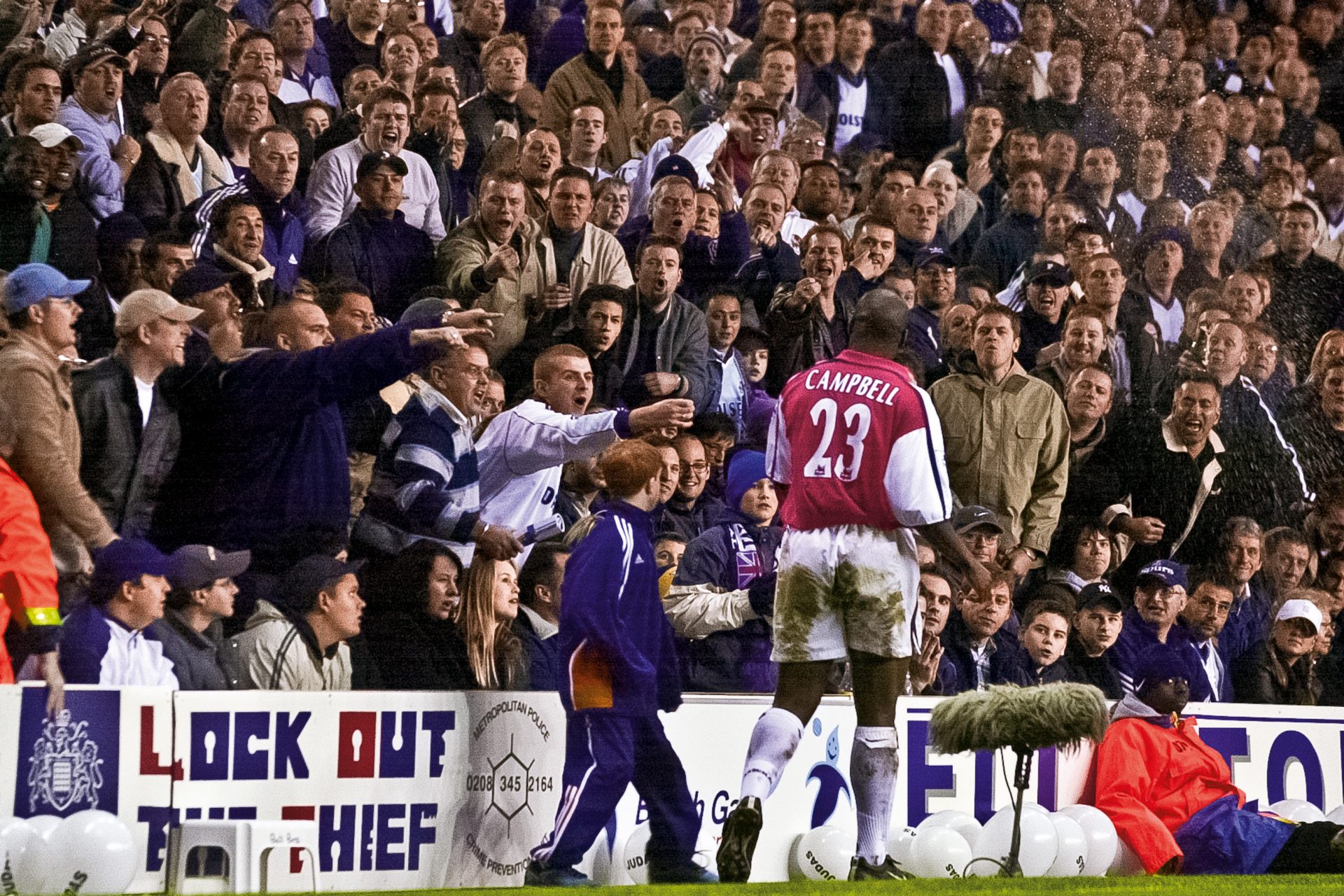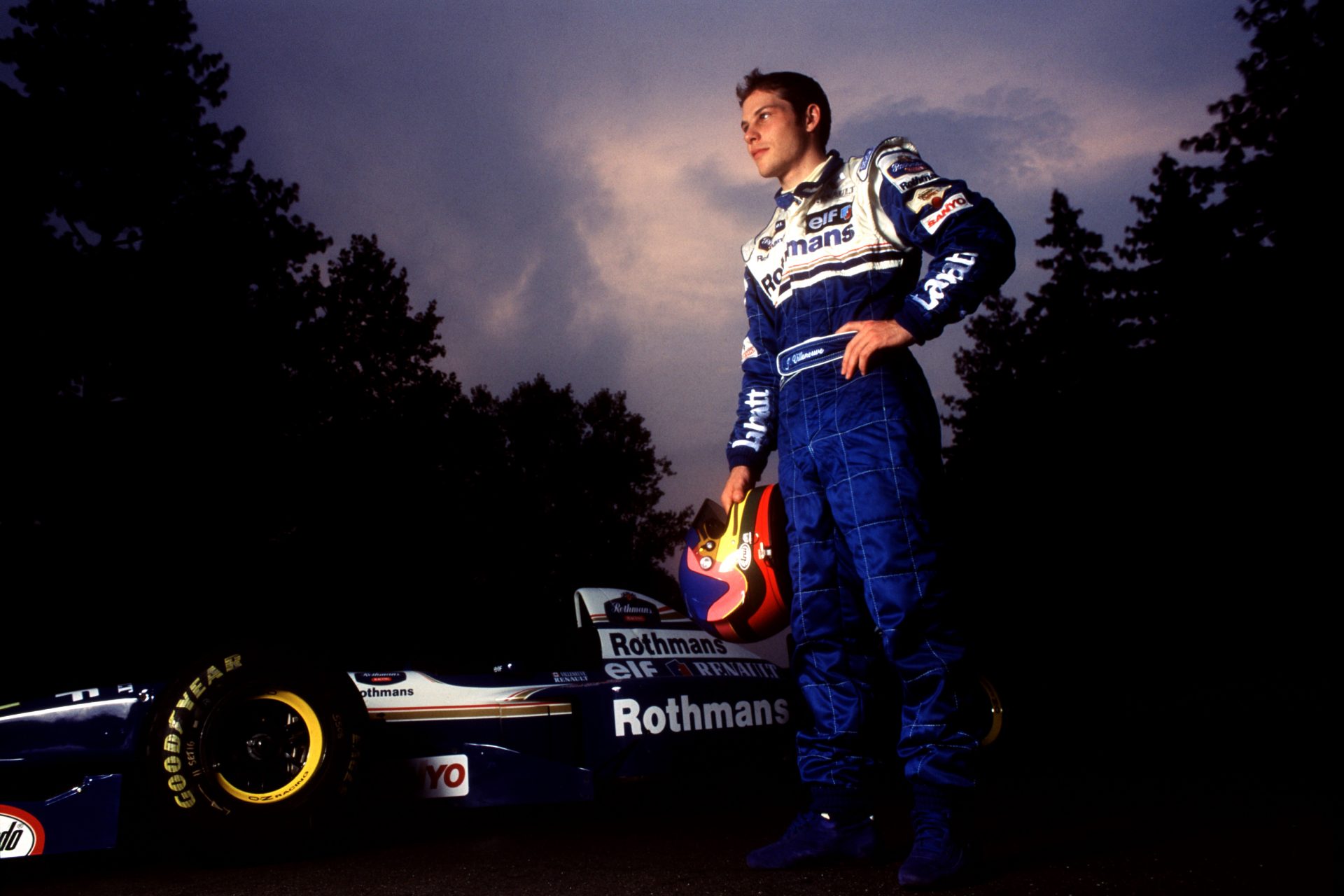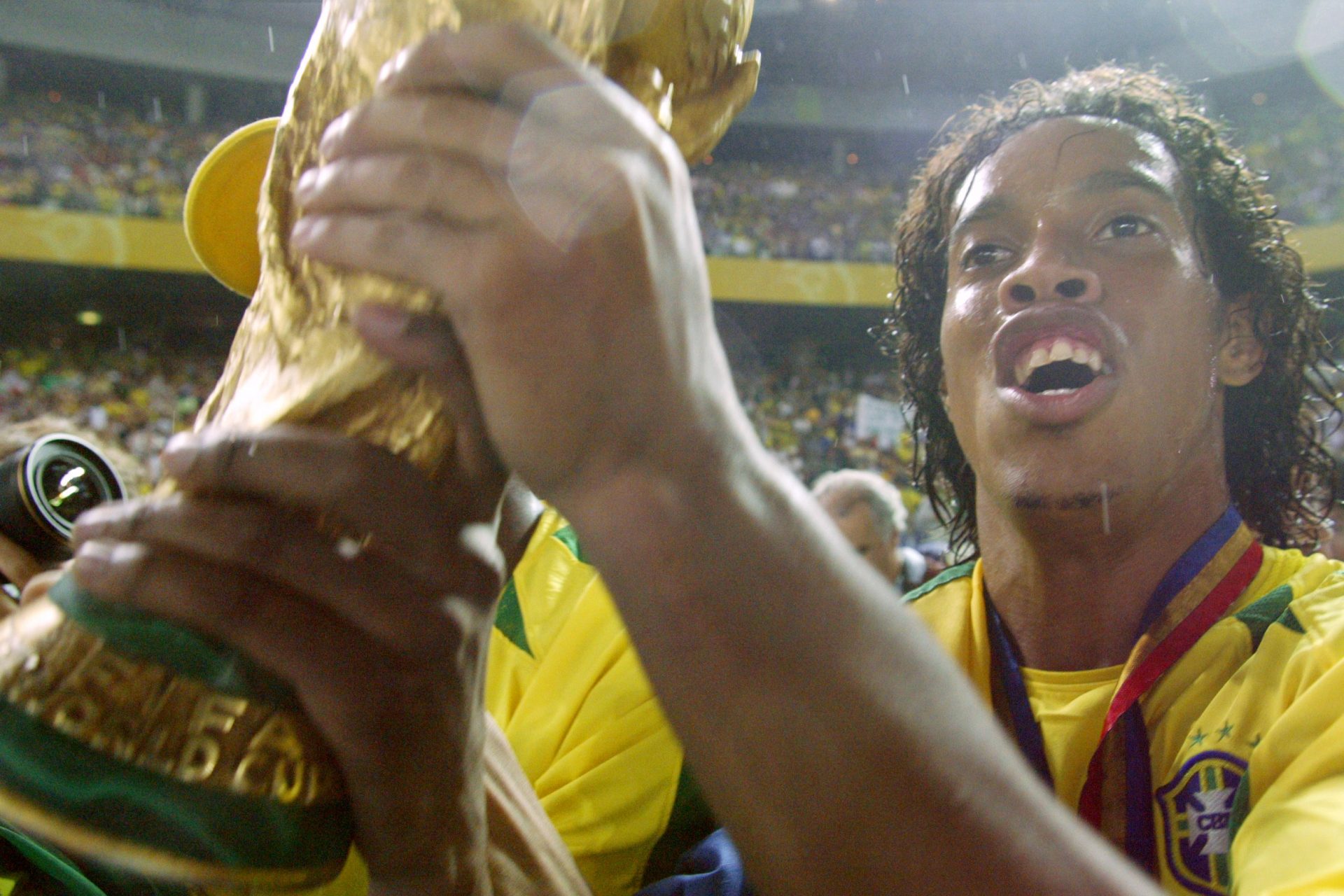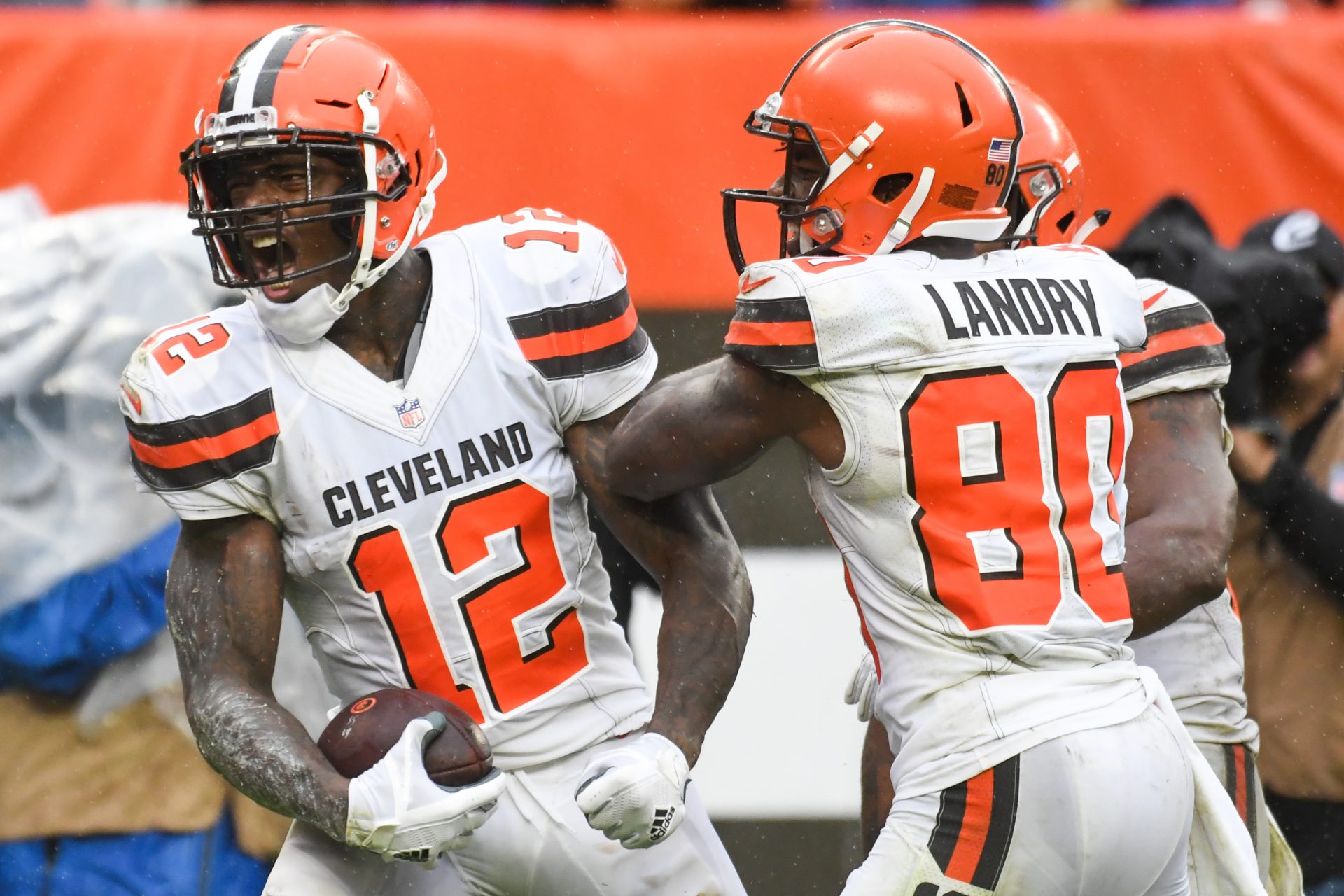How The Pitch Clock Has Changed MLB
Major League Baseball has implemented a pitch clock during the 2023 season, and it has completely changed the way the game is played and consumed. The league has taken its most dramatic step towards reducing the length of games, and it seems to be working. It has been an adjustment for players, coaches and fans alike.
Throughout the history of the game, hitters would try to throw opposing pitchers off their rhythm. One of the main ways they accomplished this was by stepping out of the batter’s box once the opposing hurler was ready to deliver the pitch. Under the new rules, a hitter is only granted one timeout per at bat, and cannot step out of the box more than once.
Similarly, pitchers have had to get used to throwing to home plate more expediently than they ever have before. They now have 15 seconds to throw a pitch with no runners on base, and 20 seconds to deliver a pitch home with a runner on base. This cadence has increased the importance of PitchCom, a technology used to communicate pitches between catchers and pitchers.
Theoretically, a pitcher could have thrown over to a base as many times as he wanted in the old days in order to keep a runner close to the bag. However, the new rules stipulate that a pitcher can only “disengage” twice per at bat. This means that they can throw over to a base, or step off of the mound a combined maximum of two times.
Everyone in Major League Baseball is a professional athlete, but the mandate to play the game faster can be an adjustment for certain players. Throughout the course of their careers, they have been able to methodically go through their motions, but that is no longer the case. As a result, a more rigorous training program may have been necessary to maintain stamina.
It’s also important to think about the individuals who bring the game to fans on television or on the radio. For many decades, announcers have been tasked with filling quiet moments with anecdotes that will keep fans engaged. Now that the game itself is moving at a quicker pace, announcers are forced to keep their commentary tight and to the point.
It would make sense that if the game is unfolding more quickly, there is less time to hand out at the beer stand or the hamburger corner. The diminishing length of games has fostered a debate as to what teams can and should do to recoup lost revenue in this area. Some are in favor of extending alcohol sales to later innings, while others want to move the cutoff to an earlier inning.
Umpires traditionally have had to keep track of balls and strikes, outs, and making judgment calls about the action in the field or on the basepaths. With the new rules, umpires are now tasked with remembering how many disengagements a pitcher has had in an at bat, and how many mound visits each time has expended.
It was understandably a challenge for fielders to keep their heads in the game when action would take a long time to unfold. They would have to mentally find ways to stay engaged so that they could remain nimble on a ball hit to them. During the 2023 season, there really isn’t time for anyone’s mind to wander, with the action happening so quickly.
More for you
Top Stories






















